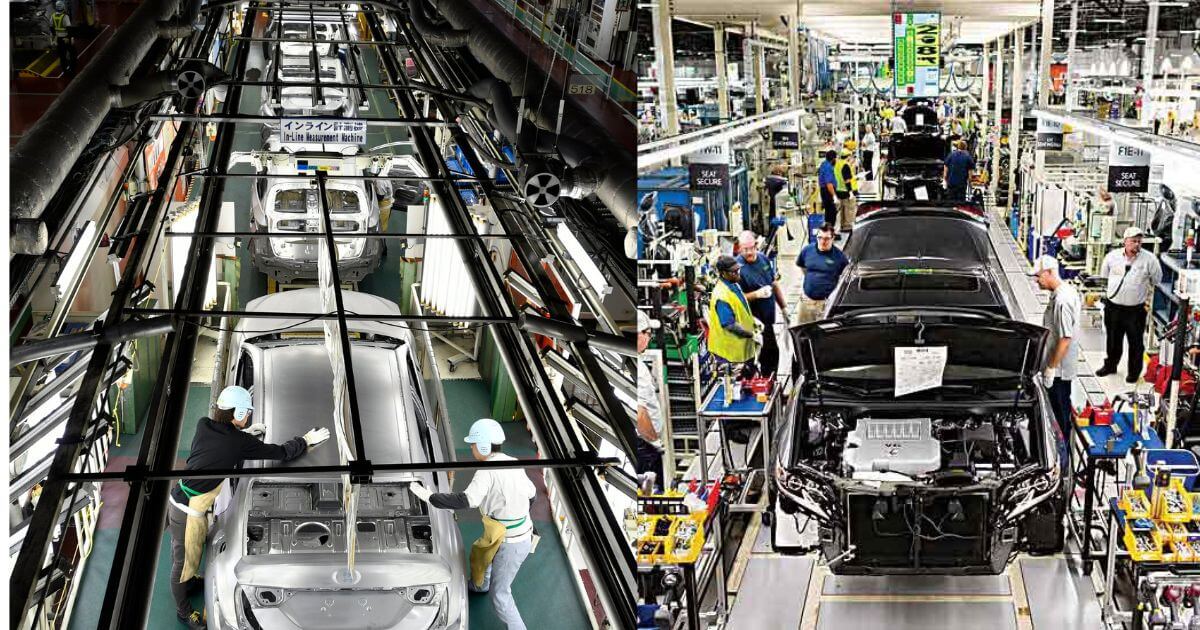Toyota’s Japan plants at a standstill: What’s causing the system failure?
On Tuesday, August 29, Tokyo – In a surprising turn of events, Toyota Motor Corp (7203.T) temporarily suspended operations across its 14 assembly plants in Japan. The colossal automaker has encountered a production system malfunction that has momentarily brought its domestic output to a grinding halt.
The intricacies of the glitch lie in a system failure that has impeded Toyota’s ability to place orders for vital components. While the root cause is currently under investigation, reassuringly, preliminary assessments suggest that it’s unlikely to have resulted from a cyberattack, as affirmed by a spokesperson.
On Tuesday morning, Toyota initiated the suspension across 12 of its Japanese plants, extending the shutdown to encompass the final two plants in the afternoon. The exact extent of the impending production loss remains uncertain, casting a temporary shadow over Toyota’s bustling assembly lines.
Curiously, when pooled together, these 14 plants constitute approximately one-third of Toyota’s sprawling global production network, as meticulously calculated by Reuters analysts. This unexpected hiccup disrupted the automaker’s momentum, which had rebounded after the tumultuous impact of semiconductor shortages. Notably, Toyota witnessed a commendable 29% surge in output during January-June, marking the first such substantial increase in two years.
Throughout the initial half of this year, Toyota’s Japanese output demonstrated an impressive average of approximately 13,500 vehicles daily, according to insightful calculations by Reuters. It’s important to note that this figure exclusively pertains to Toyota’s production and doesn’t encompass vehicles from affiliated automakers Daihatsu and Hino.
Toyota’s second tryst with disruptions is gone. In the past year, the automaker grappled with a cyberattack on one of its suppliers, causing a temporary operational hiatus. During this period, Toyota ingeniously tapped into its backup network to restore operations.
Experts and industry analysts have pointed out that Toyota could face the challenge of compensating for the production lost during this outage. This could involve strategies like ramping up extra shifts to bridge the production gap.
However, Toyota’s production lines had been humming at near-maximum capacity, allowing only limited wiggle room for additional production. As astutely noted by Seiji Sugiura, an analyst at the esteemed Tokai Tokyo Research Institute, this predicament leaves Toyota facing a complex puzzle in its quest to restore the rhythm of its manufacturing endeavours.







